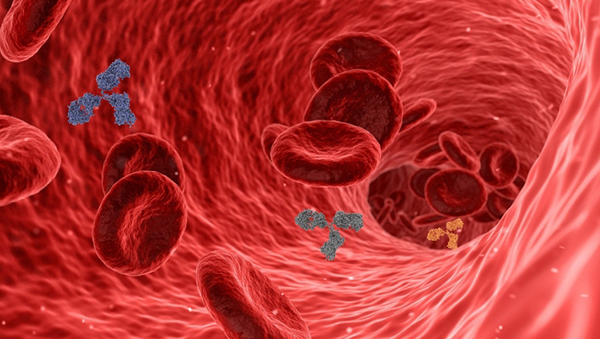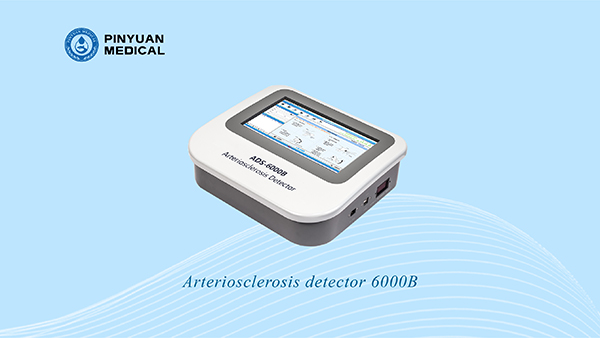About 1/3 of the world's annual deaths are caused by cardiovascular and cerebrovascular diseases, and arteriosclerosis is an important basis for cardiovascular and cerebrovascular diseases. Many people think that hardening of the arteries is an old person's thing. In fact, hardening of the arteries starts at a young age and lasts a lifetime, so preventing hardening of the arteries is a lifelong thing.
Etiology of arteriosclerosis
Hypertension, diabetes, hyperlipidemia, smoking and other factors are important causes of arteriosclerosis. Other factors such as obesity, lack of exercise, stress, advanced age, family history of the disease, short temper, and high intake of fatty foods and cholesterol-rich foods can all contribute to hardening of the arteries.
Noninvasive arteriosclerosis test
For patients with early atherosclerosis, there are almost no clinical symptoms, and they are latent development in a hidden state. Experts suggest that people with high risk factors for arteriosclerosis undergo annual arteriosclerosis testing in order to detect dynamic pathological changes in blood vessels in time and win valuable time for early treatment or intervention for patients.
At present, there are two main detection methods for arteriosclerosis: invasive detection and non-invasive detection. Invasive tests, including angiography and intravascular ultrasound, are the "gold standard" for directly detecting the extent of blood vessel stenosis. However, for patients, invasive examinations are expensive and risky, and are not suitable for routine screening. The non-invasive arteriosclerosis test of Pinyuan Medical can be performed in the clinical detection of pulse wave conduction velocity (PWV) and ankle-brachial index/ankle-brachial index (ABI), which can find the changes in the hardness and elasticity of the blood vessel wall, timely intervention in the risk factors of arteriosclerosis, and early control of the development of cardiovascular and cerebrovascular diseases.
Who needs to be tested for atherosclerosis
1. People with high risk factors for cardiovascular and cerebrovascular diseases such as obesity, long-term smoking, high-fat diet, and lack of exercise.
2. Have been diagnosed with hypertension (including borderline hypertension), hyperlipidemia, and diabetes (including elevated fasting blood glucose and decreased glucose tolerance).
3. Family history of cardiovascular disease.
4. Long-term dizziness and other discomfort symptoms, have not been clearly diagnosed.
5. There are symptoms of discomfort in the precardiac area such as chest tightness or palpitation after activity or at rest, and the diagnosis is not clear.
6. Patients with coronary heart disease, unstable angina pectoris or myocardial infarction (acute or old) are diagnosed clearly.
Post time: Nov-01-2024


